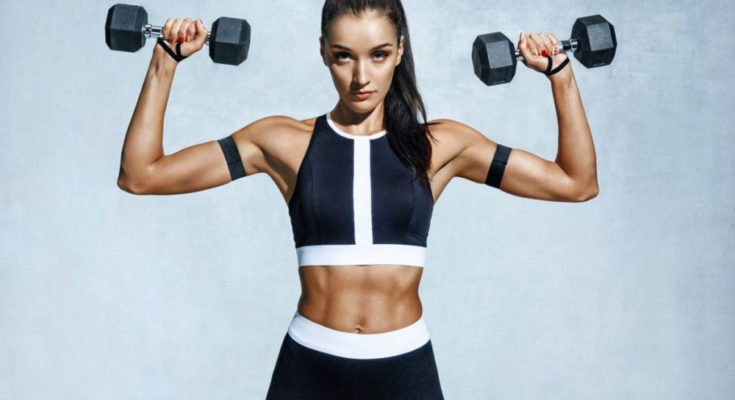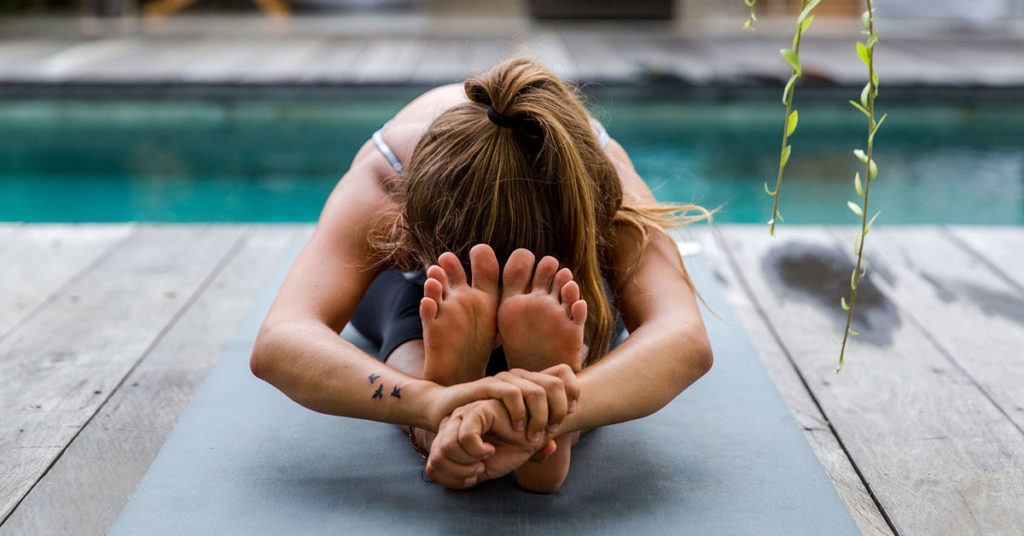
Work Out Routines for Women: Why Visual Impact for Women Stands Out
The biggest problem with most work out plans for women is that they are designed by fitness trainers who focus mainly on building muscle. Now that’s fine if you don’t mind looking muscular; however, most women want to look lean and toned,but not like a smaller version of a male bodybuilder!
The common mantra of most trainers is that “Women don’t have enough testosterone to build muscle.” Really? Then how do you explain the bodies of female competitive cyclists or speed skaters? They tend to have huge thighs as a result of training hard. Many female swimmers have broad shoulders and muscular arms as a result of both weight training and the demands put on their upper body from their sport. Women CAN and DO build muscle!
Often, when a woman who wants to lose weight and tone up begins to work out at the gym with a trainer, she …
Work Out Routines for Women: Why Visual Impact for Women Stands Out Read More

